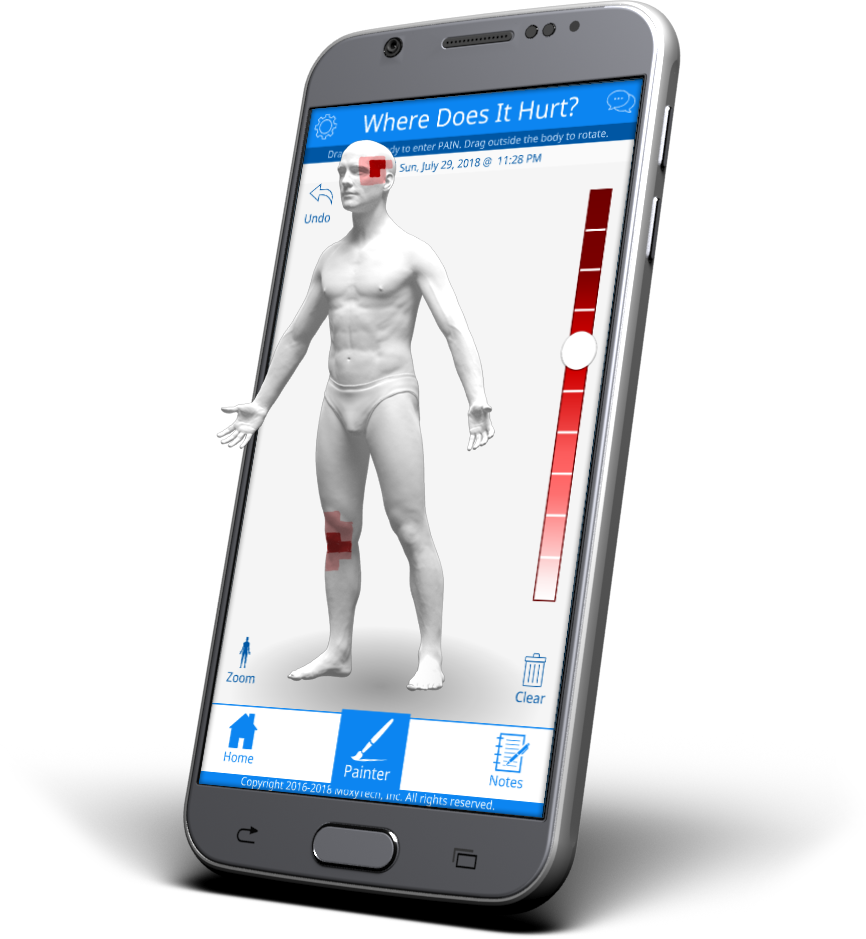A Painkilling Brew for Whatever ‘Ales’ You
/By Steve Weakley
When anesthesiologist Admir Hadzic, MD, isn’t putting patients to sleep he’s putting them in a better mood with his Dr. Blues Belgian Brews.
Hadzic brews a potent dark beer called “PainKiller” that has 10% alcohol content, an award-winning blonde ale named “NerveBlock” that will make you comfortably numb, and a pilsner IPA called “SuperPills” that’ll make you hoppy.
References to the medicinal benefits of beer date back to the ninth century. For a short period during Prohibition, doctors even prescribed “medical beer” for patients who could no longer buy their brew legally without a prescription.
Dr. Hadzic, who was born in Yugoslavia and is a naturalized U.S. citizen, came up with the idea for medically themed malts when he married a Belgian anesthesiologist and moved to her country.
Belgium is the largest beer exporting country in Europe and Hadzic quickly fell in love with its chief export. He partnered with two local brewers to produce his own line of specialty beers.
In addition to being a practicing anesthesiologist, Hadzic is a blues bassist and has his own band, the “Big Apple Blues.” His beers actually ferment to the recorded sounds of his slide guitar.
“Since I’m a doctor and I play blues music, I’ll call it Dr. Blues Belgian Brews,” Hadzic told Pain Medicine News.
In addition to PainKiller, NerveBlock and SuperPills, Dr. Blues makes a malty “PaceMaker” beer and the non-alcoholic “Placebo” beer -- for people who like the flavor but not the buzz and can’t tell difference anyway. Placebo is so popular it’s already sold out for the year.
Dr. Blues beers are only available online and while a lot of the marketing is tongue-in-cheek, they’re also careful not to encourage excessive alcohol consumption. The website links to a recent Lancet study that found no amount of alcohol improves health, as some studies have suggested.
“DR BLUES does not promote drinking. Instead, he brews his recipes for the lucky, consenting few, who like him, insist on a unique story & experience for special occasions,” the website cautions.
Hadzic maintains a website, “Dr. Blues.com” that has fascinating factoids about his favorite beverage. You may not know that China is the world’s largest beer consuming nation or that Scotland’s “Snake Venom” is the world’s most potent beer at 67.5% alcohol. Snake Venom is also one of the world’s most expensive brews at $67 a bottle.
If you are ever in Belgium and in need of beer, blues or anesthesia, look up Dr. Blues. He’s your one stop for the best of all three.


























